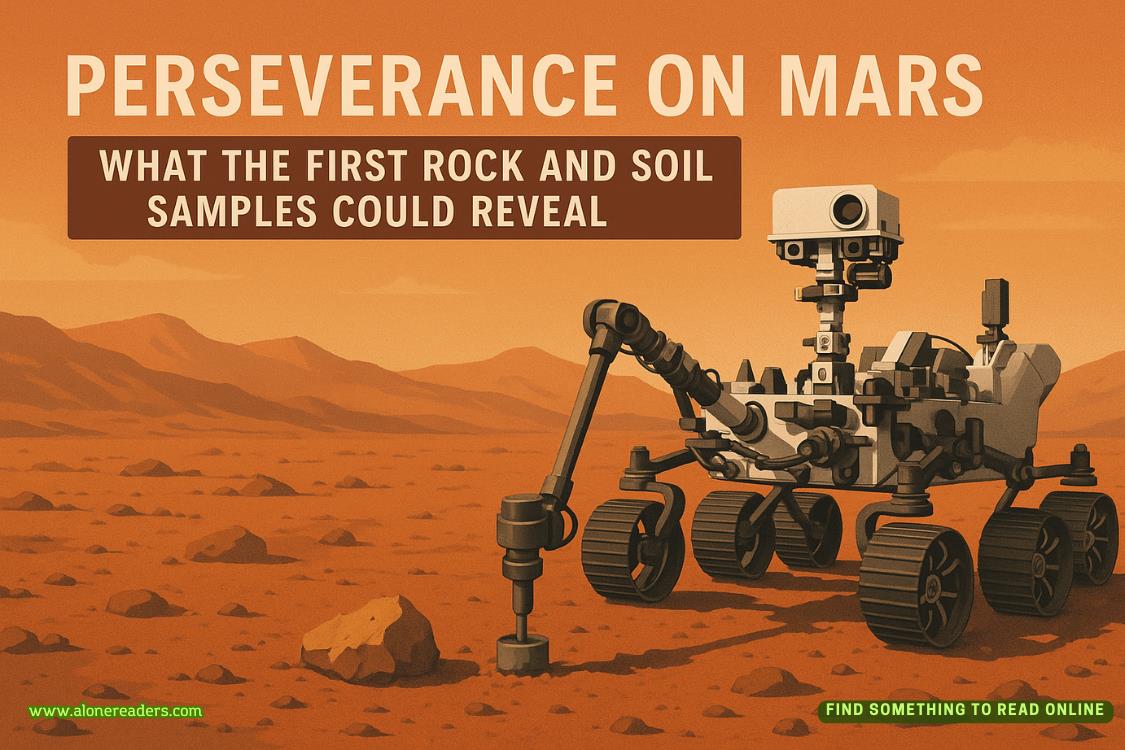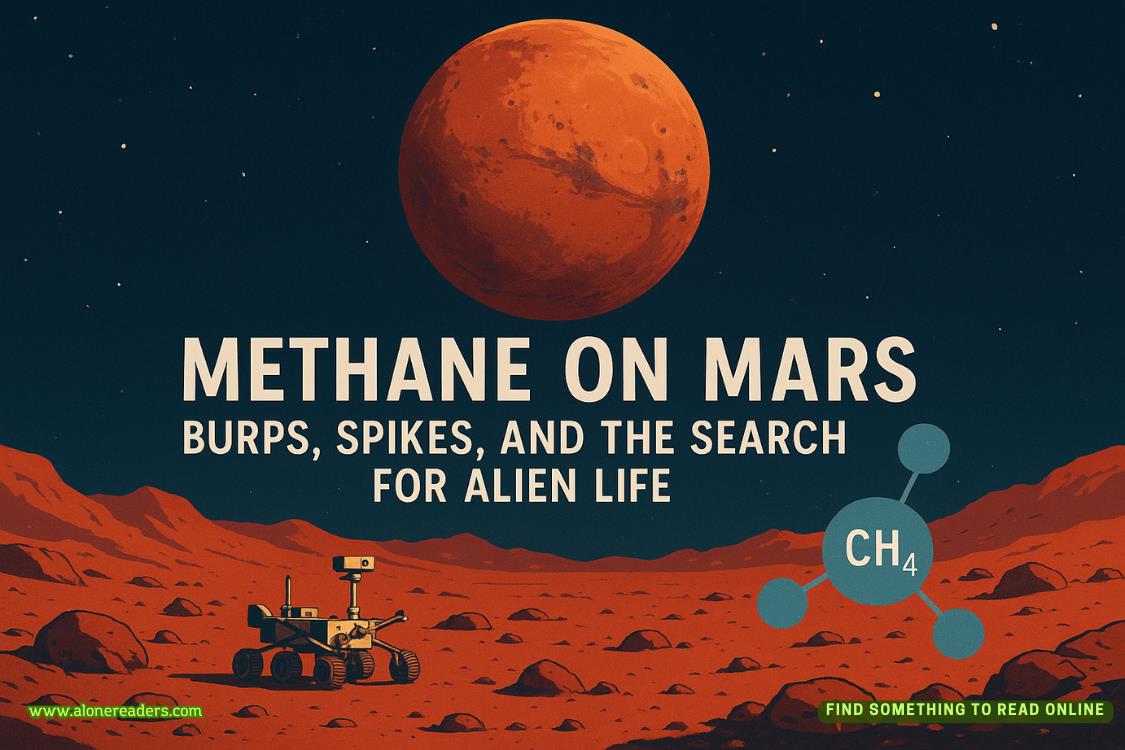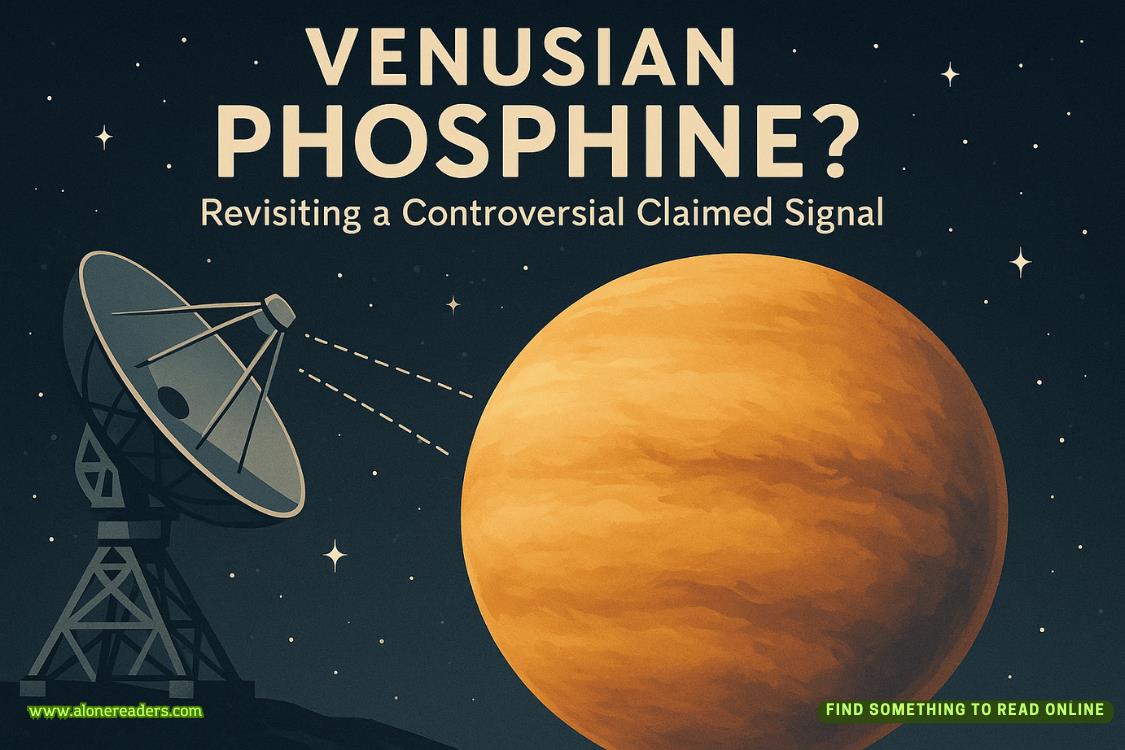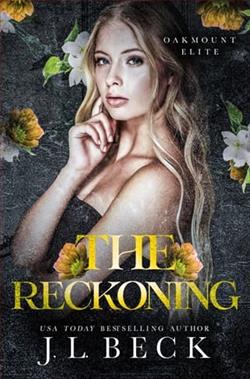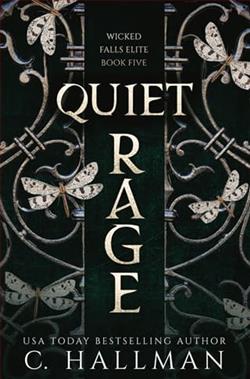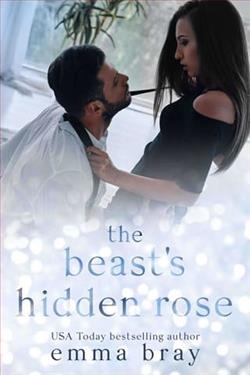Page 66 of Dark Prince's Captive
It’s bigger and duller than the average butterfly back on Earth, but like butterflies, eyespots mark their wings.On Earth, they lived from the middle of the Jurassic to the late Cretaceous period before becoming extinct.
I stop to admire it.Butterflies and moths evolved more than two hundred million years ago and co-existed with dinosaurs.So did bees, give or take one hundred million years.I noticed that Aruan uses a lot of honey in the food and drinks he prepares for me.There must be hives somewhere.Everything on Zerra confirms the theories scientists have developed about these animals and insects that once also populated Earth.
I watch with fascination as the big moth-like insect unfurls its proboscis and begins to suck up pollination drops from the gymnosperm.
“Come.”Aruan tugs on my arm.“The sun is climbing, and I want to get there before it ruins your pretty skin by burning it red.”
Reluctant to leave the kalligrammatid, of which I’d only seen pictures of fossils before now, I fall into step next to Aruan again.
It’s much quieter on this side of the palace.The roar of the water that laps at the cliffs is absent.Even the distant cries of the pterosaurs are silent.There’s only a faint buzzing sound, like the humming of bees.
A short way from the trees, I spot the hives that are nestled into cave-like hollows in the rockface.
Aruan points in that direction.“That’s where our honey comes from.The stingers prefer the non-meat-eating flowers on this side of the palace.”
“Stingers?”I wrinkle my nose.“Oh, you mean bees.”
“Bees?”
“We have them on Earth too.They’re very old, you know, millions of years.And sadly, they’ve become endangered.”
I want to question him more, but a big body of water that appears in the distance as we reach the top of a hill draws my gaze.
Like the lake on the other side, the surface of the water is flat, but the sand is blueish instead of gray, and the water shines pink, not black, in the sun.
Huge trees with drooping branches that touch the water grow on the shore.The red, pointy leaves are big, creating a thick foliage that throws dark patches of shade on the ground.A few fallen leaves drift lazily on the water, floating close to a stretch of small white flowers shaped like blossoms that push up from yellow-green, round, fatty leaves.
I shade my eyes with a hand against the brightness of the pale, white sun.“What are those flowers growing on the water?”
“Those are pond lilies.The petals and the leaves are used to cookyaryia, the dish you like so much.It’s a dangerous job to harvest them because the water is infested with finned and four-legged snakes, and the biggest and most aggressive of all the dragons lay their eggs beneath the branches of the blood trees on the shore.”
A rainbow stretches from one end of the lake to the other, drawing a spectrum of red, purple, blue, and green across the sky.
“This is so pretty,” I say, drinking in the sight.
Aruan sounds both pleased and proud.“There are many beautiful places on Zerra, Elsie.”
What he’s really saying is that, in time, I’ll come to love my new “home.”Or that’s what he hopes.
Agreed, Zerra is an amazing world.Because…dinosaurs!I’m not saying I want to settle here, but damn.Dinosaurs.
I turn to face him.“How old are the dragons?”
“The dragons have always been here.”
“And the Alit?”
“Not as long as the dragons.”
“How do you know?”
“The scrolls,” he answers.“That’s what they say.”
The mysterious scrolls.I can’t wait to get my hands on them.
We continue toward a rocky outcrop at the foot of the hill.When we get closer, I realize that the gunmetal-gray shapes protruding from the soil aren’t random rocks.They’re megaliths.A dolmen is built into a hill that stands in the middle of the menhirs dotting the landscape like loaf-shaped lumps of granite.
A guard sits on a slab of stone next to the entrance of the dolmen, dozing in the humid heat.All the Alit I’ve met so far are ridiculously handsome and well-built.This man is no exception, except that his chin protrudes a little, and he has slightly bulging eyes.




